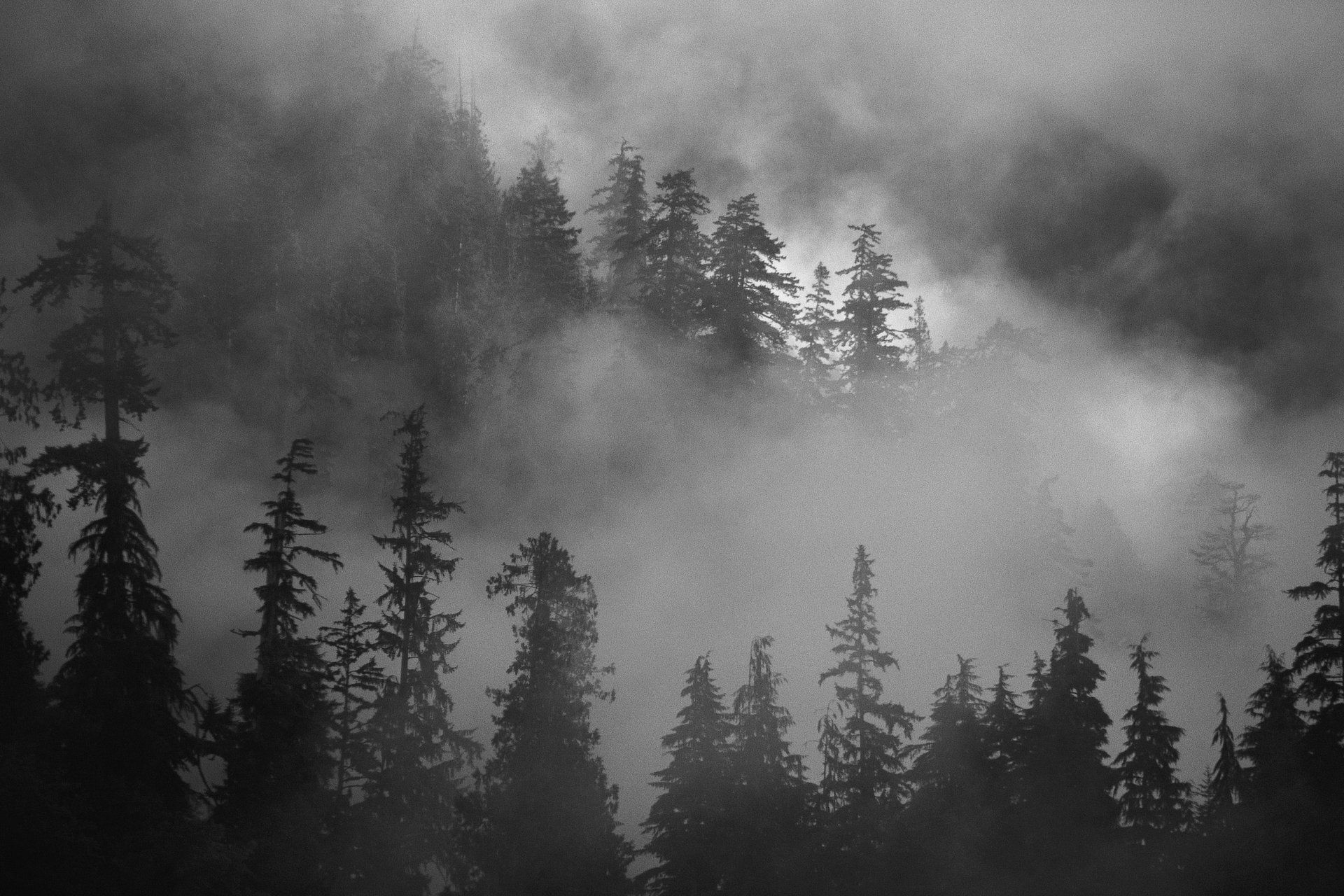

Who Were the Comanche?
→ How do you pronounce the word "Comanche"? What does it mean?
Comanche is pronounced "kuh-MAN-chee." It means "enemy" in the language of their Ute neighbors. In their own language, the Comanches call themselves Numinu (the people.)
→ Where do the Comanches live?
The Comanche Indians were once part of the northern Shoshone tribe of Wyoming, but split off from them and migrated to their modern location in the Southern Plains. By the time Europeans encountered them, the Comanches were primarily living in Texas, Oklahoma, and and New Mexico. Most Comanche people today live in Oklahoma.
→ How is the Comanche Indian nation organized?
The Comanche tribe has its own government, laws, police, and services, just like a small country. However, the Comanches are also US citizens and must obey American law. In the past, the Comanche tribe was made up of many different bands, and each band had its own chief who was chosen by a council of important men. Today, the Comanche councilmembers and tribal chairperson are popularly elected.
→ What language do the Comanche Indians speak?
The Comanche people speak English today. Some Comanches, mostly elders, also speak their native Comanche language.If you'd like to know a few easy Comanche words, "maruawe" (pronounced mah-ruh-ah-way) is a friendly greeting, and "ura" (pronounced ur-ah) means "thank you."
Today Comanche is an endangered language because most children aren't learning it anymore. However, some Comanche people are working to keep their language alive.
→ How do Comanche Indian children live, and what did they do in the past?
They do the same things all children do--play with each other, go to school and help around the house. Many Comanche children like to go hunting and fishing with their fathers. In the past, Indian kids had more chores and less time to play in their daily lives, just like colonial children. But they did have dolls, toys, and games to play. Here is a picture of a hoop game played by Plains Indian kids. Once the Comanches acquired horses, girls and boys as young as five years old learned how to ride. A Comanche mother traditionally carried a young child in a cradleboard on her back.
→ What were men and women's roles in the Comanche tribe?
Comanche women were in charge of the home. Besides cooking and cleaning, a Comanche woman built her family's house and dragged the heavy posts with her whenever the tribe moved. Houses belonged to the women in the Comanche tribe. Comanche men were hunters and sometimes went to war to defend their families. Nearly all Comanche chiefs and warriors were men. Both genders took part in storytelling, artwork and music, and traditional medicine.
→ What were Comanche homes like in the past?
The Comanches lived in buffalo-hide houses called tipis (or teepees). Since the Comanches moved frequently to follow the buffalo herds, a tipi was carefully designed to set up and break down quickly, like a modern tent. An entire Comanche village could be packed up and ready to move within an hour.
→ What was Comanche clothing like? Did the Comanches wear feather headdresses and face paint?
Comanche women wore long deerskin dresses, and the men wore buckskin war shirts and breechcloths with leather leggings. The Comanches wore moccasins on their feet, and in cold weather, they wore long buffalo-hide robes. A Comanche lady's dress or warrior's shirt was fringed and painted with tribal designs. Later, Comanche people adapted European costume such as cloth vests and colorful blanket robes.
The traditional style of Comanche headdress was a cap with eagle feathers and ermine tails trailing behind it. In the 1800's, though, some Comanche Indian men preferred to wear the long feather head dress of the northern Plains tribes. Traditionally, Comanche people only cut their hair when they were in mourning. Comanche men usually wore their hair in two braids, which they sometimes wrapped in fur. Comanche women usually wore their hair loose, and sometimes painted the center parts red. Here is a website with pictures of these Indian hair styles. The Comanches also painted their faces for special occasions. They used different patterns for war paint, religious ceremonies, and festive decoration. Both men and women sometimes wore tribal tattoos on their chests.
→ What was Comanche transportation like in the days before cars? Did they paddle canoes?
No--the Comanche Indians weren't coastal people, and rarely traveled by river. Originally they just walked. There were no horses in North America until colonists brought them over from Europe, so the Comanches used dogs pulling travois (a kind of drag sled) to help them carry their belongings. Once Europeans brought horses to America, the Comanches quickly became known as expert riders and could travel much more quickly than before.
→ What was Comanche food like in the days before supermarkets?
The Comanche staple food was buffalo. Comanche men usually hunted the buffalo by driving them off cliffs or stalking them with bow and arrow. As they acquired horses, the Comanche tribe began to pursue the buffalo herds for communal hunts, moving their villages often as the buffalo migrated. In addition to buffalo meat, the Comanche Indians ate small game like rabbits, fished in the lakes and rivers, and gathered nuts, berries, and wild potatoes.
→ What were Comanche weapons and tools like in the past?
Comanche hunters used bows and arrows. In war, Comanche men fired their bows or fought with long spears and buffalo-hide shields.
→ What other Native Americans did the Comanche tribe interact with?
The Comanches traded regularly with other tribes of the Great Plains and the Southwest. They particularly liked to trade horses, and Comanche traders were repsonsible for the rapid spread of horses throughout Western America. Some of their favorite trading partners were the Wichita and Osage. These tribes usually communicated using the Plains Sign Language.
The Comanches also fought wars with other tribes. Plains Indian tribes treated war differently than European countries did. They didn't fight over territory but instead to prove their courage, and so Plains Indian war parties rarely fought to the death or destroyed each other's villages. Instead, their war customs included counting coup (touching an opponent in battle without harming him), stealing an enemy's weapon or horse, or forcing the other tribe's warriors to retreat. So the Comanche sometimes were enemies of neighboring tribes like the Kiowas, Apaches, and Utes, and other times they were allies. The Europeans who first met them were surprised by how often the Comanche tribe fought with their neighbors, yet how easily they made peace with each other when they were done fighting.
→ What are Comanche arts and crafts like?
Comanche artists are famous for their silver and copper jewelry and fine beadwork.